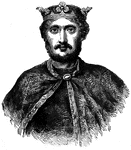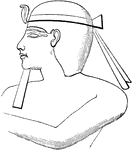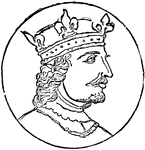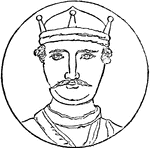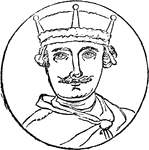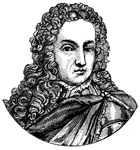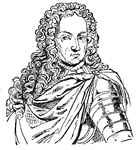The Kings ClipArt gallery provides 209 portraits of various kings throughout history.

King Richard III
King of England; son of Richard, Duke of York, a descendant of Edmund, Duke of York, fifth son of Edward…

Richard IV of England
Edward of York was born on April 28, 1442, at Rouen, France (in the Chateau de Rouen), the second son…
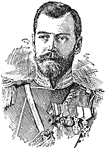
Nicholas II
(1868-1918) Nicholas II or Nikolay Alexandrovic Romanov, czar of Russia, king of Poland, and grand duke…

Spade Guinea Coined by George III, Obverse
"A guinea coined by George III during the period 1787-99. It is now so called because the shield of…

St. Louis
(1215-1270) French King who married Blanche of Castille. He is known for protecting the French clergy…
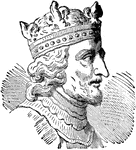
Stephen I of Hungary
Saint Stephen I was Grand Prince of the Magyars (997-1001) and the first King of Hungary (1001-1038).…
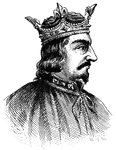
King Stephen
Stephen (c. 1092/6 – 1154), often referred to as Stephen of Blois, was a grandson of William the Conqueror.…
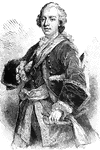
Charles Edward Stuart
(1720-1788) Charles Edward was the exiled claimant to the thrones of England, Scotland, and Ireland…
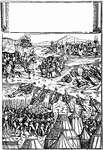
The Emperor Maximilian Receiving the Submission of a Besieged City
The Emperor Maximilian Receiving the Submission of a Besieged City is a woodcut that was created by…
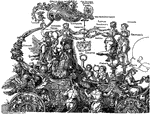
The Emperor Maximilian on the Triumphal Car
The Emperor Maximilian on the Triumphal Car is a woodcut that was created by German Artist Albrecht…
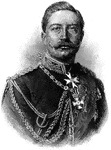
German Emperor Wilhelm II
Wilhelm II (27 January 1859 – 4 June 1941) was the last German Emperor and King of Prussia (German:…

William I
The king of Prussia and emperor of Germany, born in Berlin, March 22, 1797; died March 9, 1888.
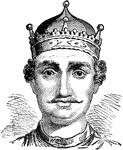
William I of England
William I of England (1027 – 9 September 1087), better known as William the Conqueror, was Duke…
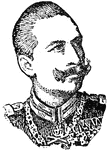
William II
The king of Prussia and emperor of Germany, eldest son of Emperor Frederick III. born in Berlin, Jan.…
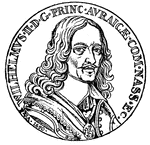
King William II (Rufus) of England
William II (c. 1056 – 1100), the third son of William I of England, was King of England from 1087…

King William IV of England
William IV (1765 – 1837) was King of the United Kingdom of Great Britain and Ireland and King of Hanover…
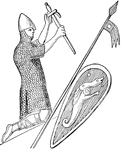
William the Conqueror
"William the Conqueror (1066-1087), as represented on his seal. Although William really ruled 'as king…
